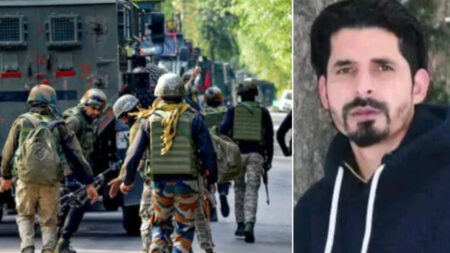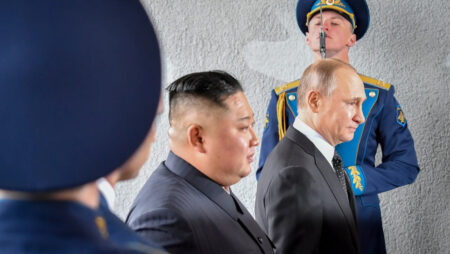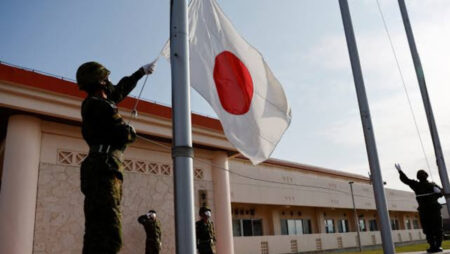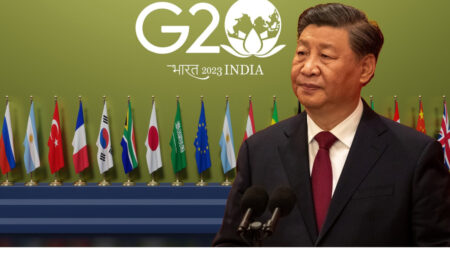
Gen. Bipin Rawat was the first CDS of India. His death had left the position empty, image source, Livemint.
Lieutenant Generals, Air Marshals, and Vice Admirals under 62 are now eligible for the post of CDS.
On Monday, the Narendra Modi government amended the Army, Navy, and Air force rules to widen the pool of CDS recruits. CDS or Chief of Defence Staff is the highest military post in the country. The new amendment allows 3-star officers like Lieutenant Generals, Air Marshals, and Vice Admirals to serve. However, the maximum age of eligibility is under 62. This means that the current batch of 3-star generals cannot serve as CDS.
Under the new amendment. Gen. Naravane, Admiral KB Singh, and Air Chief Marshall RK Bhadauria are not eligible for the post. These three chiefs serve till the age of 62 or three years. On the other hand, CDS can serve for 3 years or till they’re 65 years of age. Currently, Air Chief Marshall VR Chaudhari, Admiral R Hari Kumar, and Gen. Manoj Pandey are the topmost contenders for the post. The government may also consider serving or retired Lieutenant Generals in the Army and their counterparts in the other two services.
CDS Lies Vacant After Rawat’s Death
On December 31, 2019, the government appointed General Bipin Rawat as the first CDS. Rawat died in a helicopter accident on December 8, 2019. Had he lived, he’d have completed his three-year tenure this year. His post has been lying vacant ever since. The amendment to service rules provides the government with a wide pool of candidates for the post. This is, however, not without its problem. Now a serving chief, who is a four-star general, will have to report to a retired three-star officer. Even serving chiefs are usually the senior officers in the armed forces. However, this is usually a convention and not a fixed rule.
What is CDS?
The CDS works as the chief military advisor to the government. He runs the Department of Military Affairs in the Ministry of Defence. He is also responsible for maintaining cohesion and integration of the three services of the armed forces. The CDS creates integrated theatre commands and prioritizes capital for the modernization of the armed forces. Rawat had commissioned General Officer Commanding-in-Chiefs in each of the services. They were supposed to come up with a report as to what an integrated theatre command could look like. These reports are yet to be finalized and are due for submission earlier this year. Rawat’s death has stalled it.
So far, the armed forces have envisioned four to five commands. These are one for air defense, another for maritime defense, and two land-based commands. Of the latter, one looks at India’s western border with Pakistan, and the other looks at its eastern border with China. Instead of that, they may alternatively opt for an integrated command looking at China and Pakistan from Ladakh and J&K. These integrated commands will have resources from all of the services. A theatre commander will have complete control of these resources. He will report to the Chiefs of Staff Committee of the CDS.
Modi Government’s Biggest Reform in Defence
The call for a CDS is not new. During the Kargil war, PM Atal Bihari Vajpayee’s government set up a high-level committee to examine gaps in India’s security system. The committee recommended the formation of a Chief of Defence Staff (CDS) to integrate India’s armed forces. It was also to act as a military advisor to the government of India. However, nothing materialized out of these suggestions, subsequently. Before the CDS, the three services used to operate as separate departments with none divulging its details to the other. Worldwide, the office isn’t something entirely new. UK has had a CDS since 1959, the USA since 1949, and Germany since 1957. Supporters tout the formation of the CDS to be one of the biggest military achievements of the Modi government.
(Inputs, Indian Express, NDTV, Times of India)













